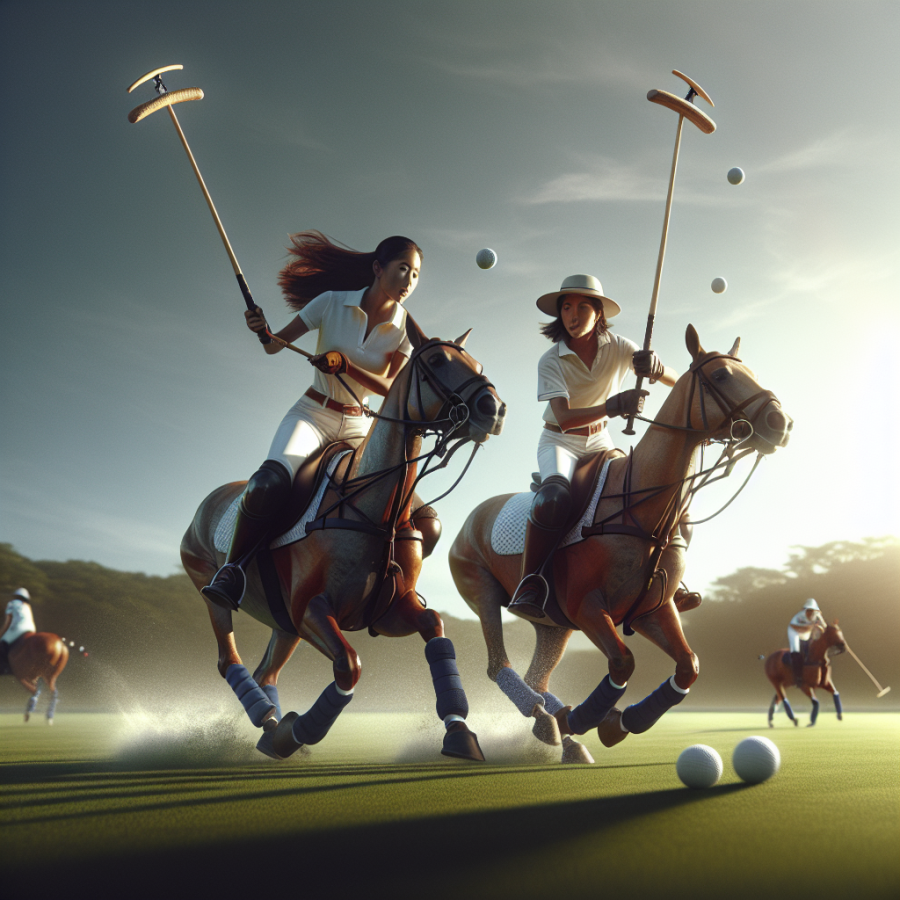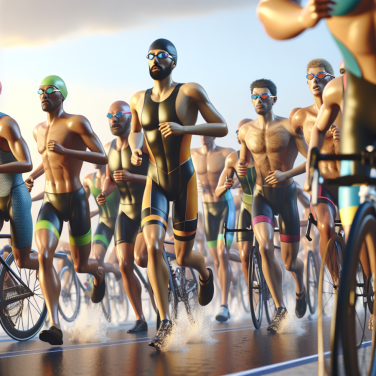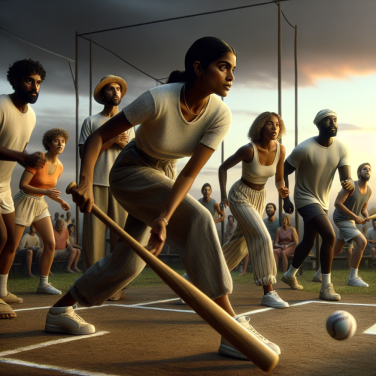The Thrill and Tactics: A Comprehensive Exploration of Modern-Day Polo Gameplay
Polo, a thrilling and deeply strategic game, translates to a highly entertaining, adrenaline-pumping spectator sport. Renowned as the 'Sport of Kings', it is a sport that embodies power, speed, agility, and precision. It combines the intensity of rugby, the grace of horse riding, and the strategy of chess, making it a unique and exhilarating game.
Gameplay in polo is both an art and a science, requiring coordinated teamwork, mental prowess, and physical skill. Each game consists of four players per team, with each assigned a specific position and role. Positions one and two focus on offense, three is the strategic pivot player, while four is primarily responsible for defense.
Understanding the different tactics and player roles within a polo match is crucial to appreciating the deep strategic element of the game. The number 1 position, often thought of as the attacking forward in soccer, is responsible for scoring goals. Still, they also need the foresight to be able to move back into defense when required. Similarly, the number 2 player, also in a predominantly offensive position, has to have the tactical understanding of creating opportunities for the number 1 and be able to adapt to defensive plays.
The number 3 player is typically the most experienced and knowledgeable on the team. This player is the game-maker, coordinating team play, organizing both offensive and defensive tactics, much like the playmaker position in basketball. Finally, the number 4 player is primarily considered the defender, similar to a goalkeeper in soccer. They must guard the goal area, ensuring that the opposition does not score, while also possessing the tactical knowledge to instigate attacking plays.
In addition to these roles, understanding how the ball is hit and passed, the angles, power, and precision involved, adds another layer to the game. Interestingly, unlike many other sports, the ball in polo is hit with the side of the mallet head rather than the end. This technique results in powerful shots that require both strength and skill to execute.
Another aspect of polo that adds to the thrill and complexity of the game is the horse or ‘pony’. A polo pony is not a pony in the traditional sense but a full-sized horse, specially trained for the sport. Players must be able to not only control their horse but also to get it to work in unison with them - turning swiftly, stopping quickly, and sprinting at tremendous speeds.
Read also:
Navigating the Field: Innovations and Breakthroughs in Sports Medicine
Understanding the History and Evolution of Polo: The Game of Noble Lineage
Polo, dubbed as the 'Sport of Kings', has not only been enjoyed by two teams of four people on horseback but has also fascinated countless spectators. Its origins trace back to over 2,000 years ago, and it has evolved over the centuries to become the adrenaline-filled sport it is today.
The earliest forms of Polo were seen in Persia (modern-day Iran) around 600 BC. During that era, the sport served as a training game for the cavalry units, which were among the king's elite troops. It was played with two goals lined apart in a vast field, and was a rough-and-tumble sport with literal life-and-death stakes as it was preparation for battle.
Polo spread to the East and arrived in India in the 4th century BC, where it was eventually observed by British military officers posted at Manipur during the mid-19th century. The British officers fell in love with the sport, and they were the ones who formalized and codified the game. They founded the first polo club in the world, the Silchar Polo Club, in 1859. In 1862, the Calcutta Polo Club was founded and soon initiated their formal set of rules, many of which are still in effect today.
Polo gained momentum when it journeyed across the seas to England in the 19th century and given a distinct British flair. It did not take long for Polo to establish its reputation among British nobles and even the monarchy. In 1875, the Hurlingham Polo Association was established as the governing body for the sport in the UK and other countries, including the USA, Canada, and India.
The sport traveled to the United States in 1876, thanks to James Gordon Bennett, a wealthy publisher. He saw the game during his visit in England and was enamoured enough to bring it back to his home country. In the ensuing years, Polo clubs have sprouted throughout the America with the first sites established in New York City and Newport, Rhode Island.
As Polo headed west, Argentina became an influential player around the 20’s and 30’s. The large, flat pampas allowed for larger fields, and the hardy ponies born and bred from tough Criollo stock were ideal for the sport. Soon, Argentinian teams were winning matches at top-tier venues around the world.




